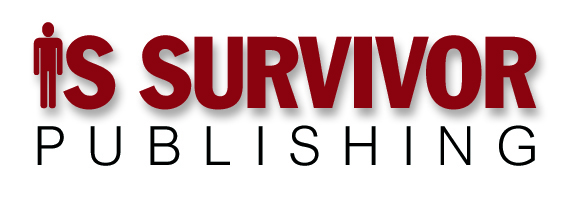“Oh, you hate your job? There’s a support group for that. It’s called Everybody, and they meet at the bar.”
It’s a Drew Carey line. Think he was exaggerating? He was. By 35 percent. That, according to the “Bad Boss Study” led by Michelle McQuaid, is the fraction of U.S. employees who are happy at their job. The remainder would, if given the choice, prefer a better boss to a raise.
How reliable are the numbers? Beats me. While the results of this study have been widely reported, the study itself is well hidden. I know nothing about the methodology, whether survey questions were without bias, the sample and error bar sizes, whether the study was subjected to peer review, or, for that matter, anything else that would affirm its validity.
It is, that is, pretty much par for the course for this sort of thing. Caveat emptor.
But even if we imagine the study was poorly done, it’s hard to escape the conclusion that the leadership provided by U.S. managers is pretty bad.
Why is that? And what, as a leader yourself, can you do about it in your organization?
Here’s one place to start: Stop reading the Harvard Business Review. This will save you time and money, and will have the same effect with respect to bad ideas that frequent hand-washing has on infectious diseases: It will help you avoid exposure.
There is, for example, “One Out of Every Two Managers Is Terrible at Accountability,” (Darren Overfield and Rob Kaiser, 11/8/2012, and thanks to Mike Bowler for bringing it to my attention). According to the authors, “… far and away the single-most shirked responsibility of executives is holding people accountable. No matter how tough a game they may talk about performance, when it comes to holding people’s feet to the fire, leaders step back from the heat.”
How do we know? Their “database of 5,400 upper-level managers from the US, Europe, Latin America, and Asia-Pacific gathered since 2010” tells us so. But speaking of missing methodologies, theirs is conspicuously absent.
Want evidence of the authors’ contempt for evidence? They ascribe much of the problem to “The youngest members of the workforce, especially in the U.S.,” who have a poor work ethic, an entitlement mentality, and “have grown up in a sheltered environment; they expect praise and recognition and can be indignant when it is not forthcoming.”
The evidence? “… blogs at US News, Daily Finance, Forbes.” That’s right. Several other bloggers say so too.
The authors don’t even bother to explain why they think holding people accountable is a good idea. They simply assert it as a management axiom.
But it’s a practice whose drawbacks exceed its virtues. Holding people accountable – “holding their feet to the fire” in the authors’ terms – assumes the root cause rather than discovering it. It simply presumes that if something goes wrong, someone must be at fault, and that the manager knows who that person is.
But if there’s fault, it’s almost always the manager’s, because when something goes wrong the most likely causes are such barriers to success as bad processes, frequent interruptions, inept delegation, politics, a failure to provide proper training, or otherwise leaving systemic problems in place that exemplify Peter Drucker’s principle that “Most of what we call management consists of making it difficult for people to get their work done.”
And if the root cause really is a bad employee, who made the hiring decision?
Now, imagine the manager dodges all of these pitfalls. Something goes wrong and it is one person’s fault – not malfeasance or sabotage, but an employee simply botching a responsibility. Does anyone seriously think that, given a choice between negative reinforcement and positive coaching, the negative reinforcement leads to a superior result?
The answer: Yes, some people do think so. They’re called “bad managers” because negative reinforcement turns teams into a giant game of Whack A Mole, where employees keep their heads down so they aren’t the ones to get whacked when something goes wrong. Let the manager know there’s a problem? That’s an invitation to be the scapemole.
So as holding people accountable leads to employees doing everything they can to keep their manager in the dark, it also leads to managerial ignorance. Perfection!
My recommendation: If you want to fight the scourge of bad management, start by helping the managers who report to you choose their sources of information wisely.
Like, for example, avoiding The Harvard Business Review.
The superior alternative is right in front of you.
